Monday
So much did we enjoy yesterday’s drive that we are going to repeat it today. Two other cars are with us at the gate as we leave at 4.30am. Same route – down the tar, east along the H13-1 and then north along the H1-8 to the S61 Klopperfontein road. Again, the sky is crisp and the air cool and still as we coffee next to the historic Kloppers Drift where the wagons crossed the spruit over a hundred years ago. Some Knob-billed (Comb) Ducks alight nearby, always an indicator of plentiful surface water.
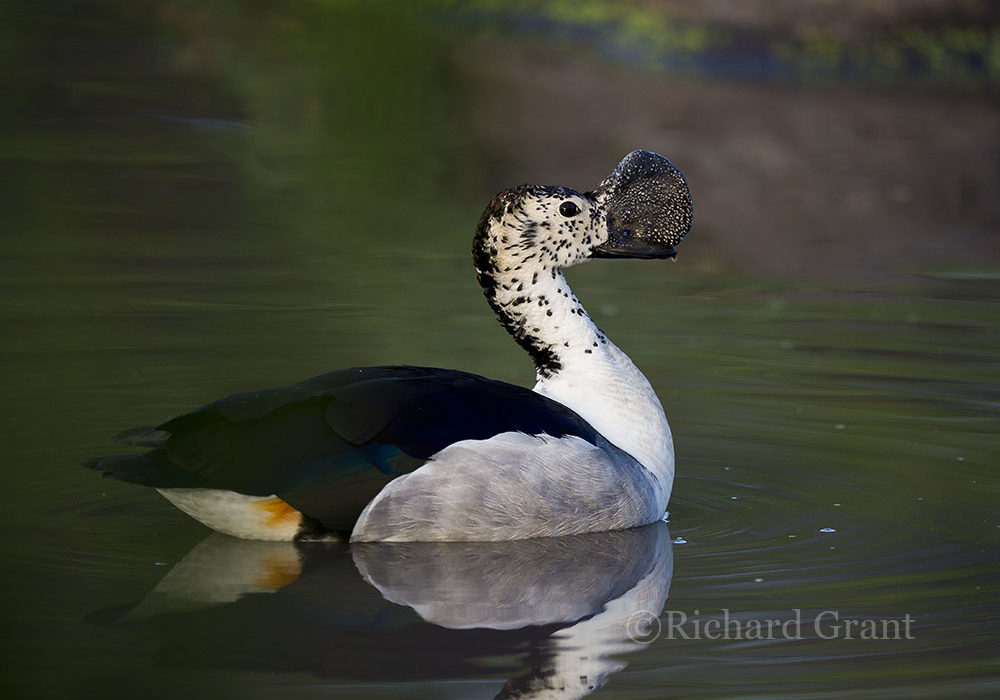
We arrive at the nearby Klopperfontein water trough just as the sun creeps over the eastern horizon. Yesterday’s old tusker is busy slurping water out of the reservoir and zebra are plentiful.
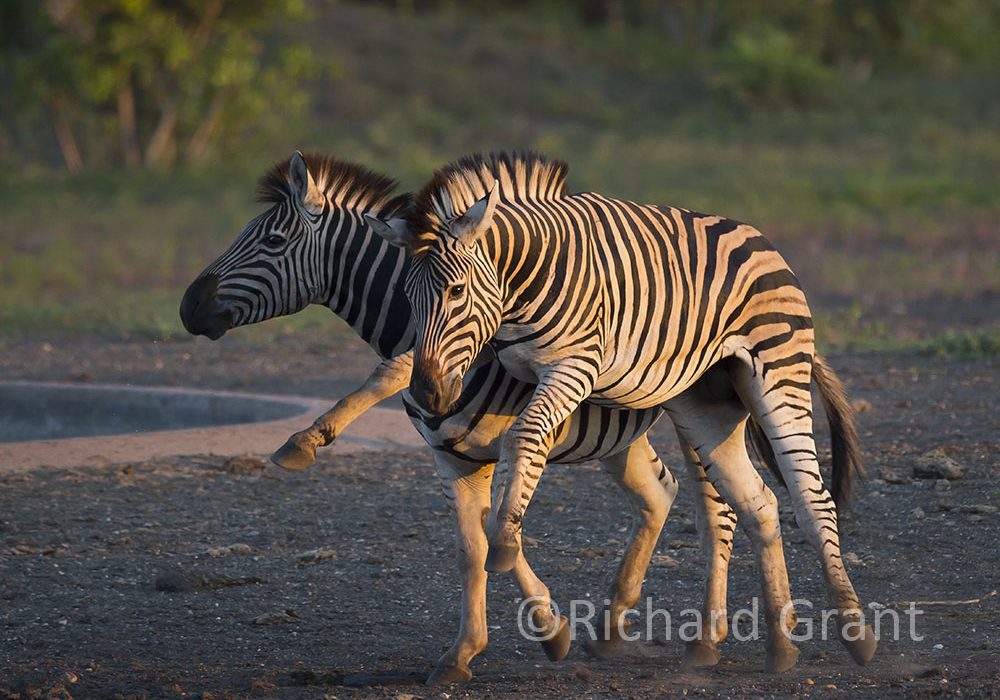
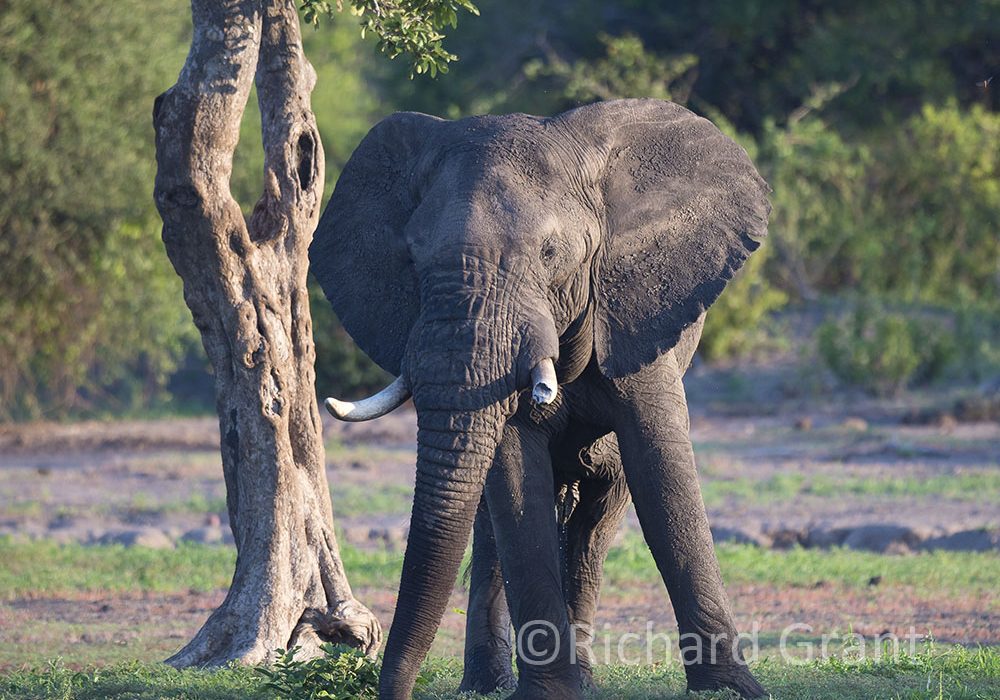
Soon, an African Hawk-eagle alights on a stump next to the water – brilliant in the morning light.
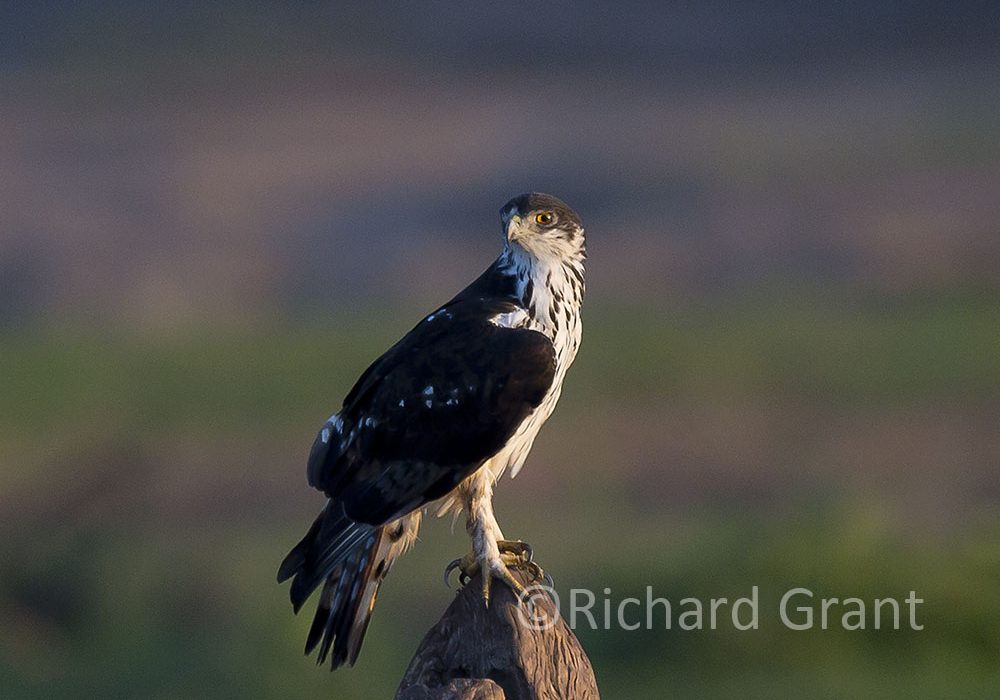
A steady stream of zebras arrive for their morning drink but they are far too peaceful for my liking. No photos of dusty combat with bared teeth, no galloping at full stretch but just a steady, quiet procession. The scene again is just enthralling. Except today there are no wildebeest, eland or wild-dogs.
We spend over an hour enjoying ourselves before setting off for camp.
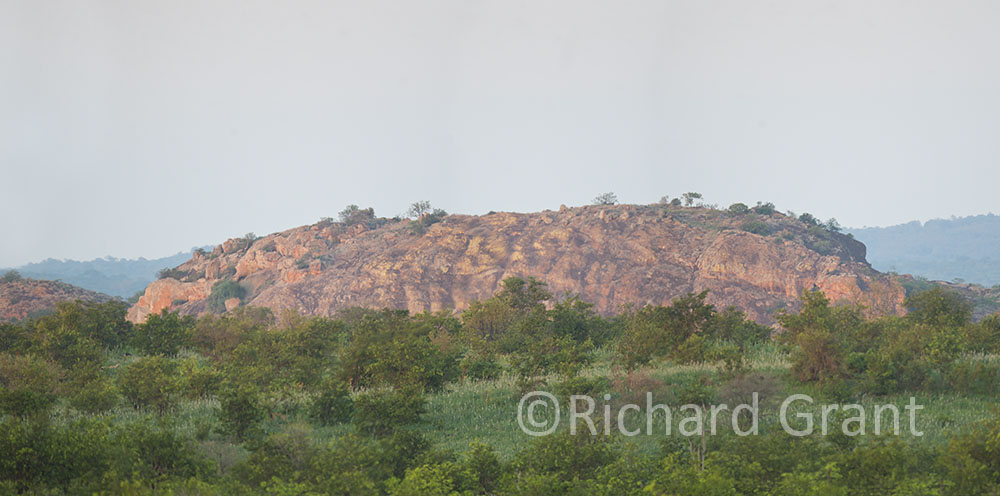
Weather forecaster yr.no has predicted a southerly buster this morning and we need to get the camp canvas secure. The wind does arrive with a rush – such a feature of the South African coastal areas. It is an indication that rain may follow and that the weather will cool. Strong wind is not pleasant in the Park and we spend the rest of the day in camp.
Following the Shingwedzi swimming pool news, we have decided to stay and extra two days at Punda leaving Thursday. Five days at Shingwedzi before moving on to Satara.
I now have it on very good authority that the maintenance problem on the Shingwedzi pool is a broken water pump – something that should be replaced/repaired within a day. However, to prevent corruption, three quotes must be called for from contractors whose BEE credentials must be checked and only then will the work be awarded. The process will take at least two months – which now explains why broken camp washing machines stand idle for months on end. Meanwhile Kruger’s lifeblood (its tourists) remain frustrated. Sadly this is the type of thing that we take refuge from in Kruger so there is no escape, even here. Oh dear.
Our neighbours in the Punda campsite have their Corgi-type dog with them – something I have never seen before in the Park. We learn that the lady has a medical condition whose onset can only be detected by this specially trained dog. So they have been granted special permission by SanParks. We have now been here six nights and we haven’t heard a sound from the dog.
Tuesday, 28th
The south wind subsides during the night but brings thick cloud with it. So that means Pafuri. We set out by ourselves in the dark at 4.30am but not before having to wake up the gate guard. Punda does things differently.
We move at a brisk 50kph along the main tarred roads and reach the Luvuvhu River at exactly 5.30am. The murky light suits me perfectly as I am trying to track down the nocturnal Double-banded Courser which is confined to the extreme north of SA. But after trying our best we eventually have to give up, cross the river and travel along the beautiful S64 Nyala Trail road that runs along the south bank of the river. The Pafuri area is not at its best as it is still dry having missed out on the rains that have fallen so well elsewhere.
We press on and at the point where the road skirts a rocky hill to the left, Renette suddenly spies a leopard that is about to cross over the road ahead.
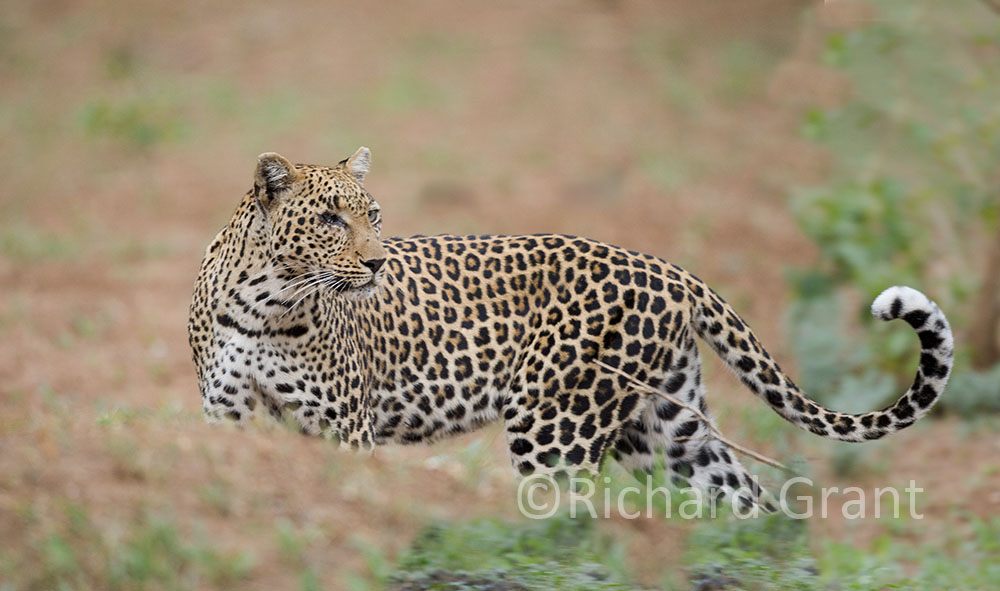
Blemishes on leopards just don’t go down well and we are dismayed to see that this beautiful animal has lost an eye. This is the first leopard that we have ever seen in the far north but not for long as it quickly crosses the road and disappears into some bush.
The road soon ends under impressive cliffs and we turn around and retrace our steps.
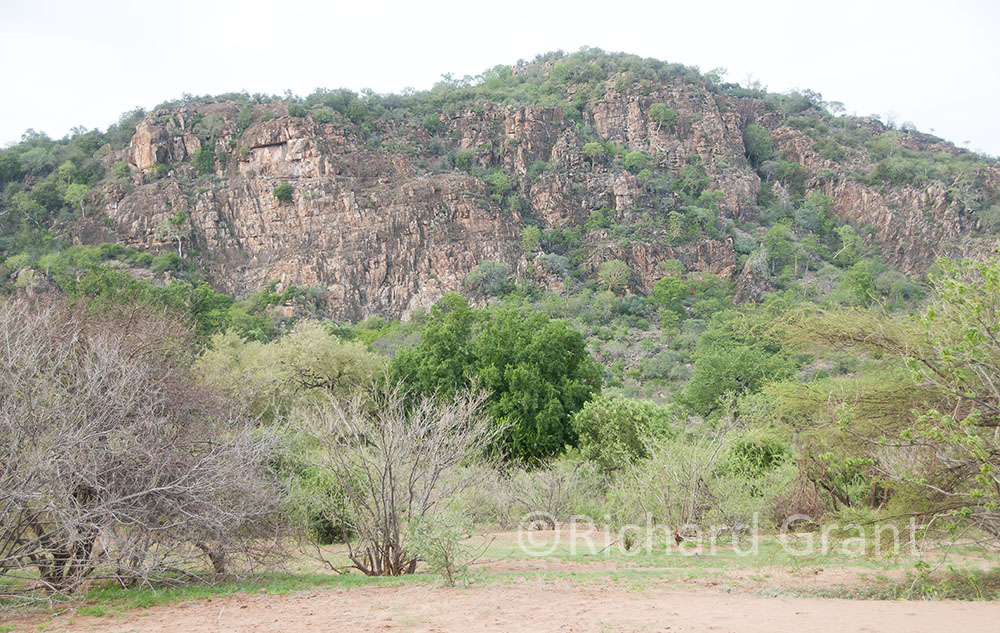
We travel eastward now, cross over the main H1-9 tar and creep along the S63 river road. A night time hippo has also used this road.
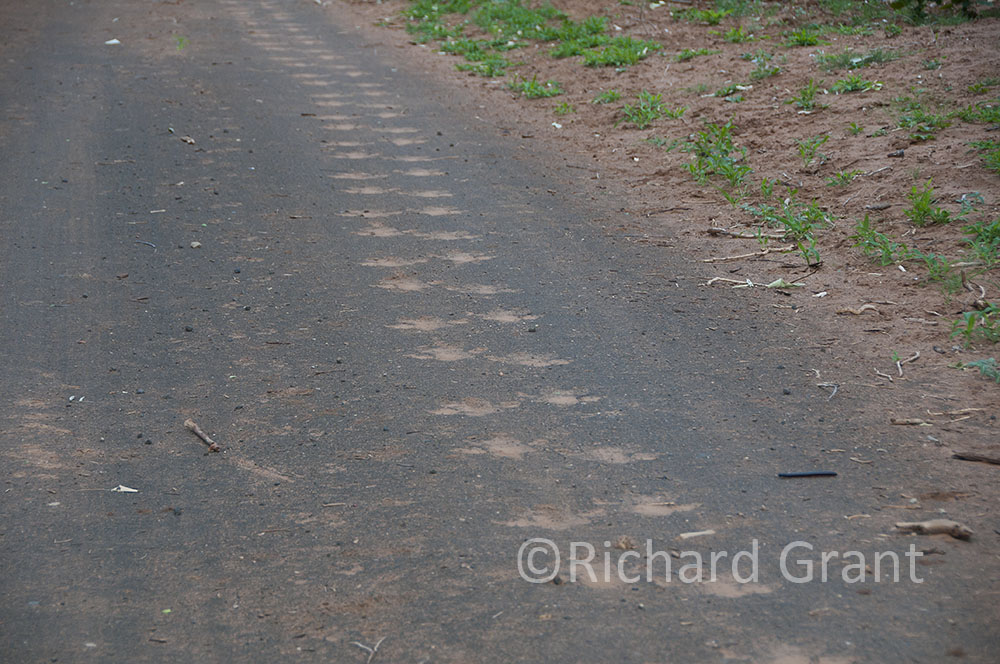
We stop for breakfast at the really superb Pafuri picnic spot and I tackle attendant Mandla again about the birdlife. He is amazingly knowledgeable and insists that he is self taught. He looks after the place all by himself and amusingly tells me that he is happy to get away from his wife’s excessive chatter.
Despite the dryness there are still birds about.
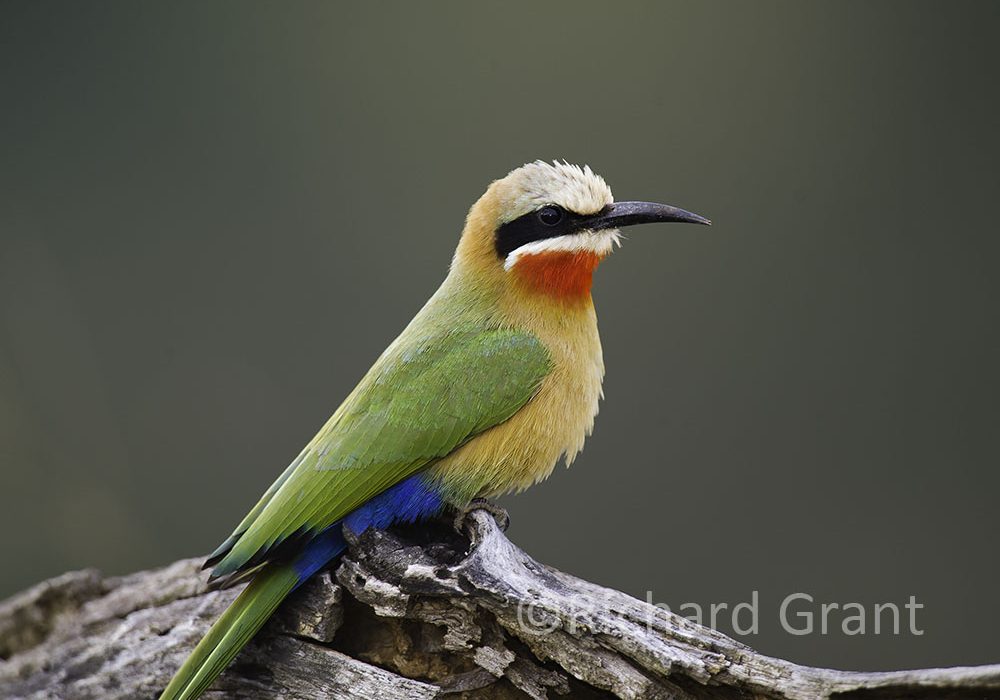
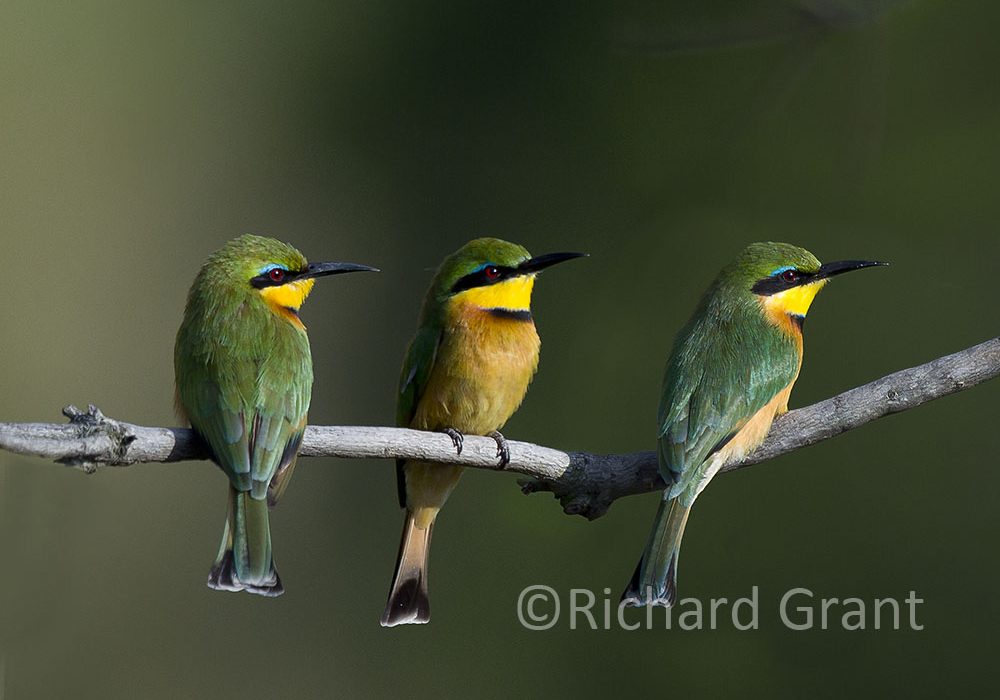
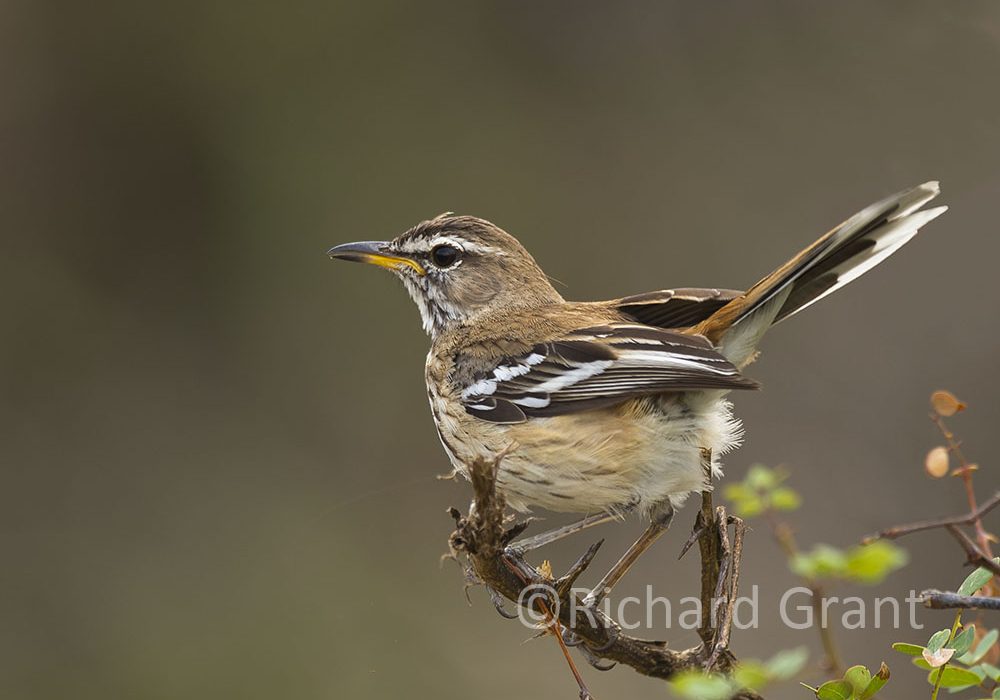
At one point we come across a Fish-eagle close to the road which is quite happy with our proximity.
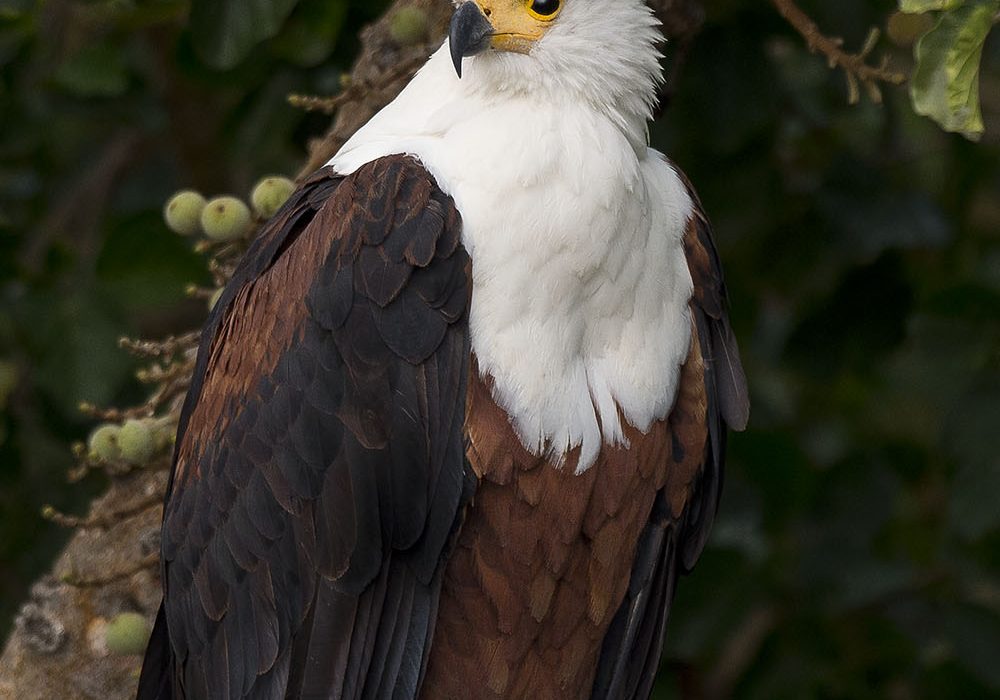
The are a lot of Nyala around and the ellies are very aware of our presence.
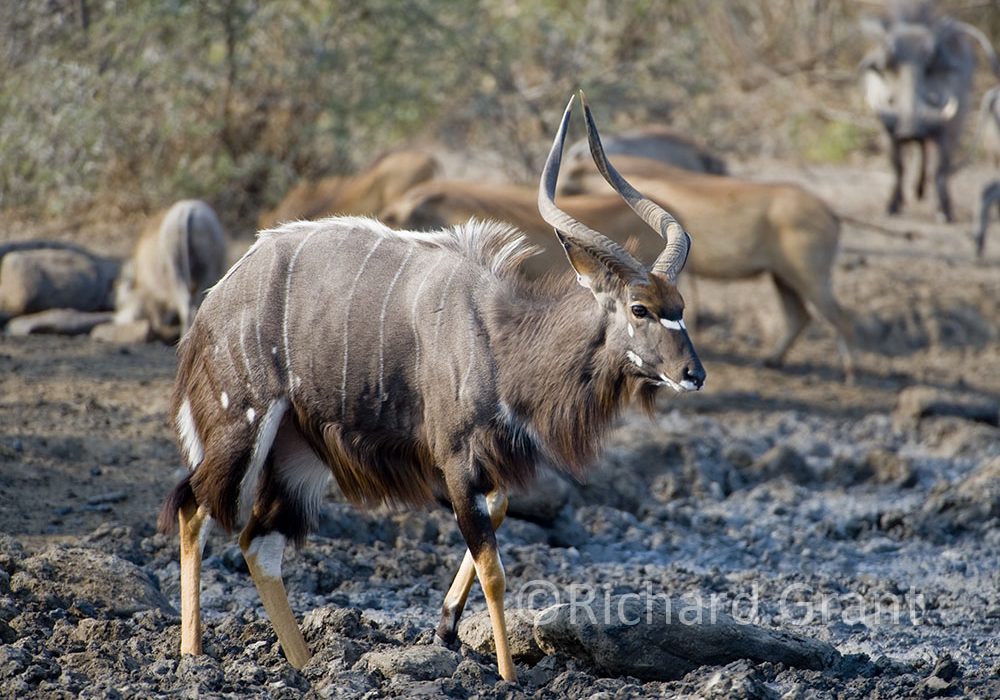
We take another look at the Limpopo River at Crook’s Corner and note that the level has dropped somewhat. From here we visited the nearby Pafuri Camp perched attractively on a small hill. This is available to tourists but unfortunately there are no camping facilities.
Thereafter we hurry back to Punda arriving at 11am. Lunch in the excellent Tindlovu Restaurant and then late afternoon we do the 25Km Mahonie Loop road around Punda. Ellies, buffaloes, kudu, impala but very few birds. It is rather like Pretoriuskop in the south – thickly vegetated, beautiful but with game rather sparse.

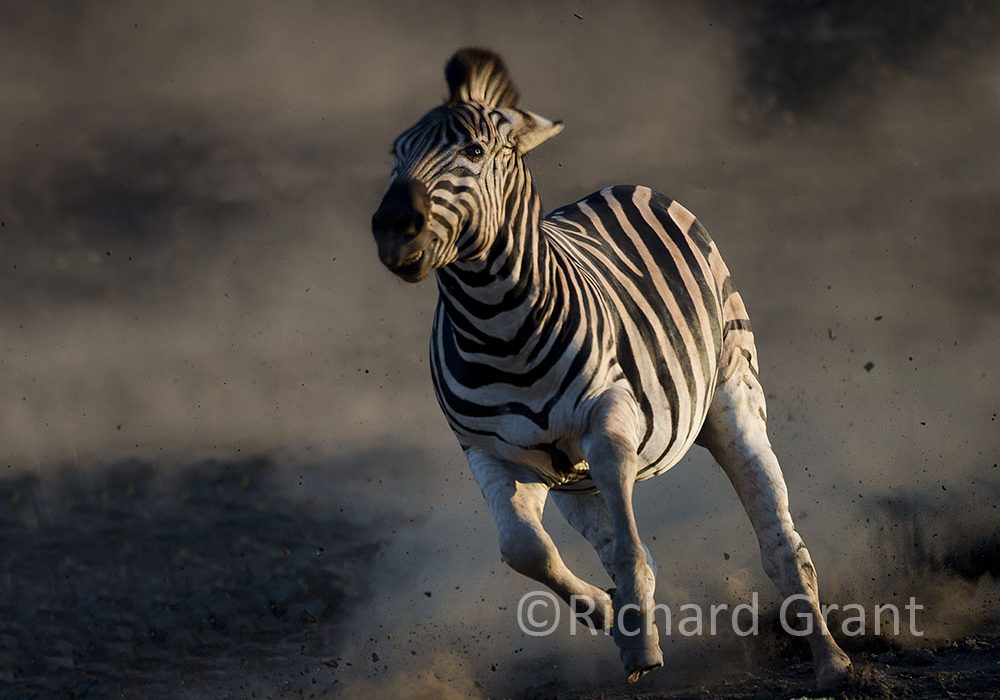
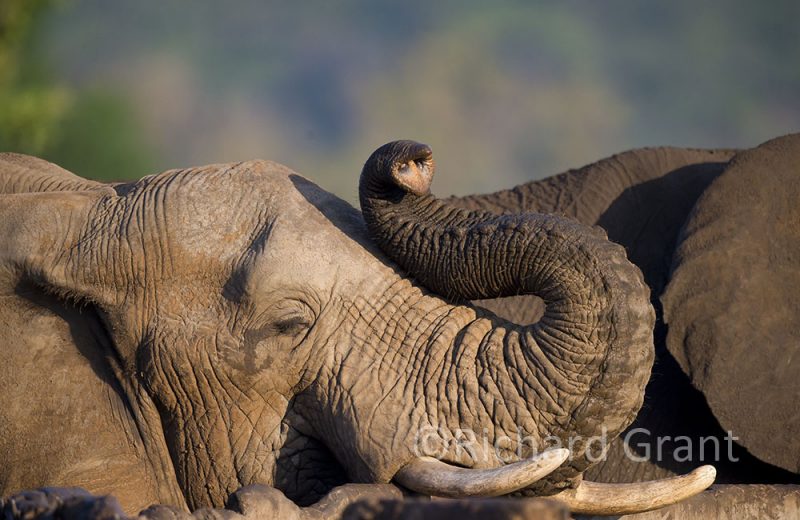
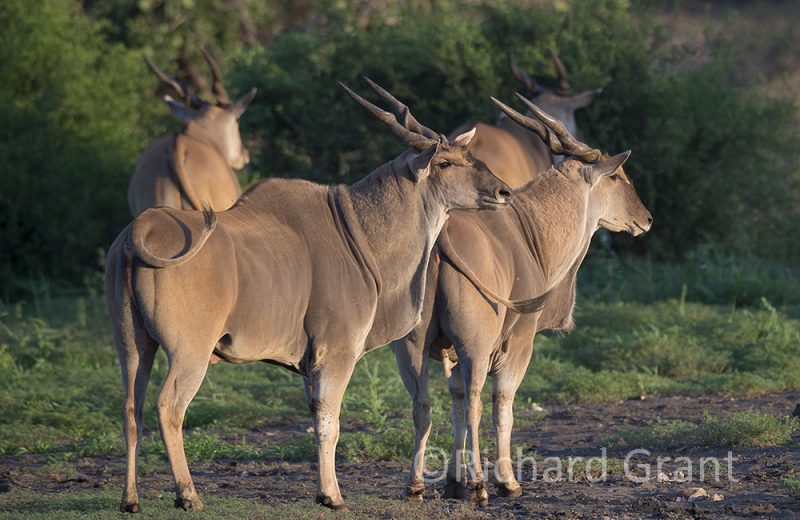
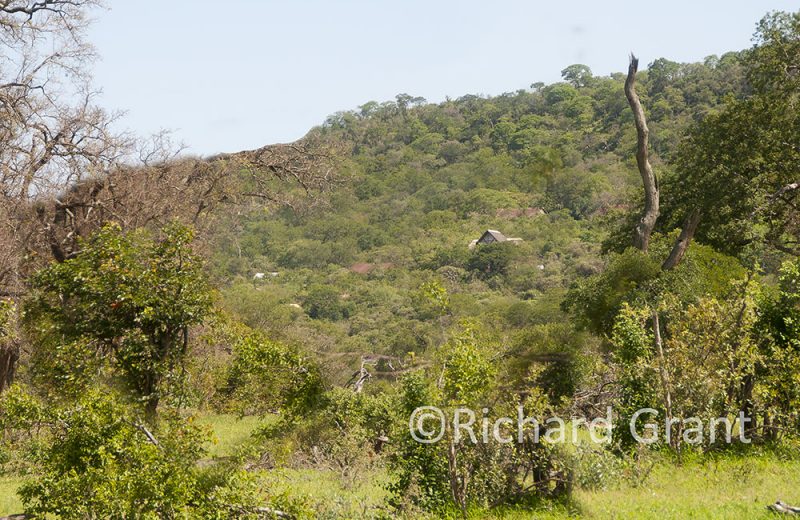
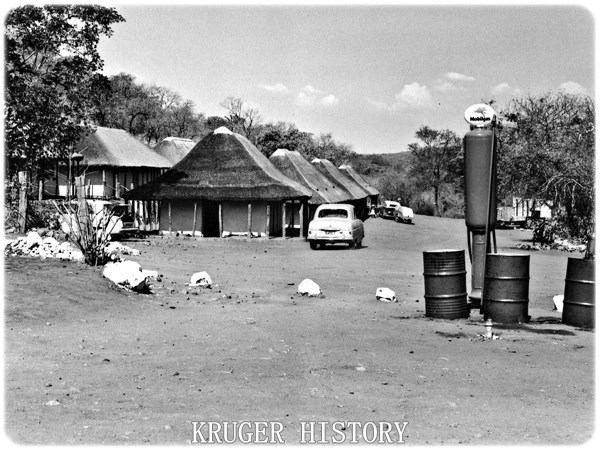
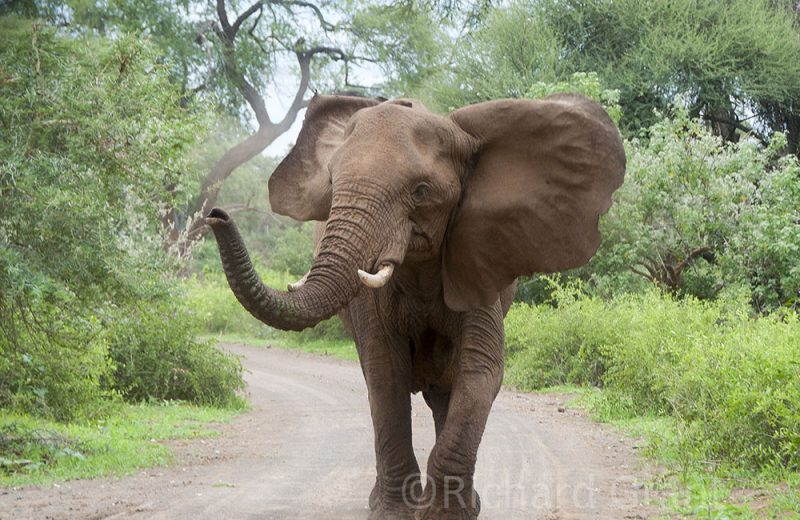
3 Comments
Katrin Welsh January 30, 2020 at 9:48 pm
Dear Fred,
We are so pleased to hear from you and Kruger again. We arrived in CT yesterday and look forward seeing you and Renette somewhere in the park.
Enjoy your stay in the wilderness.
Best regards and love
Katrin + Bob
Richard Grant January 30, 2020 at 10:06 pm
Lovely to hear from you Katrin. Keep in touch so we can meet up.
Richard Grant February 4, 2020 at 3:33 pm
Great Tim!